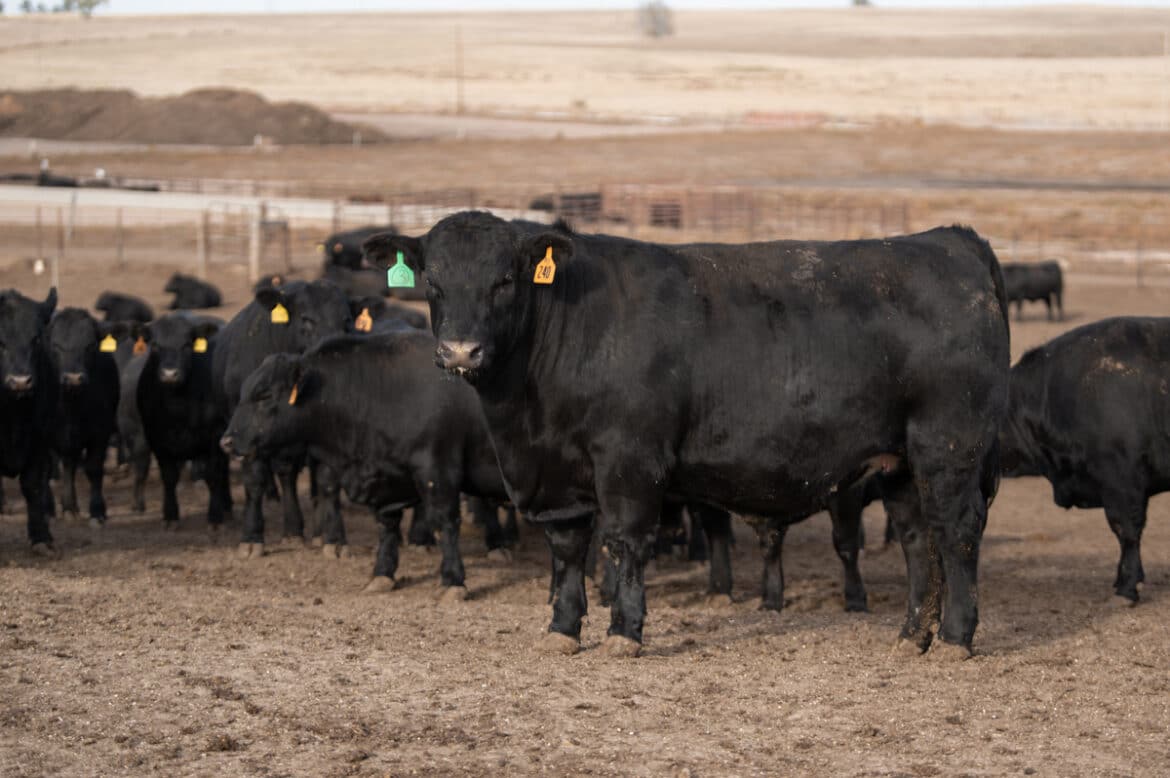By Todd Wilkinson, National Cattlemen’s Beef Association President
When asked what concerns me most for our industry’s future, one of the first things that comes to mind is the threat of a foreign animal disease outbreak on U.S. soil. This is why animal disease traceability has been a primary focus for me as an NCBA leader.
In 2021, the NCBA Board of Directors approved a strategic plan to give the organization a more focused approach to engaging with cattle producers, policy makers and consumers. Traceability was identified as one of our strategic priorities and the NCBA Traceability Working Group was formed. For the past year, I’ve chaired this group comprised of producers throughout the country from every sector of the industry. Our mission was to evaluate the current industry efforts to identify and trace animals through the cattle and beef system in the United States and develop a set of requirements for any eventual system that might be put in place in our industry.
For me, leading on this issue means making it clear what a traceability system must do to work in the best interests of cattle producers. We believe that a traceability system must:
- Advance the electronic sharing of data among federal and state animal health officials, veterinarians, and industry; including sharing basic animal disease traceability data with the federal animal health events repository (AHER).
- Use electronic identification tags for animals requiring individual identification in order to make the transmission of data more efficient.
- Enhance the ability to track animals from birth to slaughter through a system that allows tracking data points to be connected.
- Elevate the discussion with states and industry to work toward a system where animal health certificates are electronically transmitted from private veterinarians to state animal health officials.
The impact of a foreign animal disease in the United States, such as foot-and-mouth disease (FMD), would be catastrophic. Without a working, meaningful national traceability system in place, the impacts would be multiplied significantly. If FMD is identified in the U.S., it would result in an immediate stop of all livestock movement within the United States for up to 72 hours until movement control areas are established, and epidemiological investigation and tracing activities are undertaken. Most major export markets would close to U.S. beef immediately. The overall economic impact has been estimated as high as $228 billion.
Traceability is about risk protection, and I view it the same way as I view the insurance policy on my truck. It’s also about consumer trust. Consumer demand is the main driver of value for our product, both domestically and internationally. The reality is, we need a traceability program for our consumers so we can give them the information they want. Consumer demand for our product, and their trust in farmers and ranchers is strong and we want to keep it that way by providing the transparency they demand.
I firmly believe cattle producers are prepared to get out, protect their livelihoods and move forward with a producer-driven traceability program. Cattlemen and women with an innovative mindset are the ones that are going to chart the future. I am convinced that NCBA must take a leadership role to ensure that a traceability program is developed to benefit and protect producers like you and me.

Todd Wilkinson is a South Dakota cattle producer and president of NCBA


